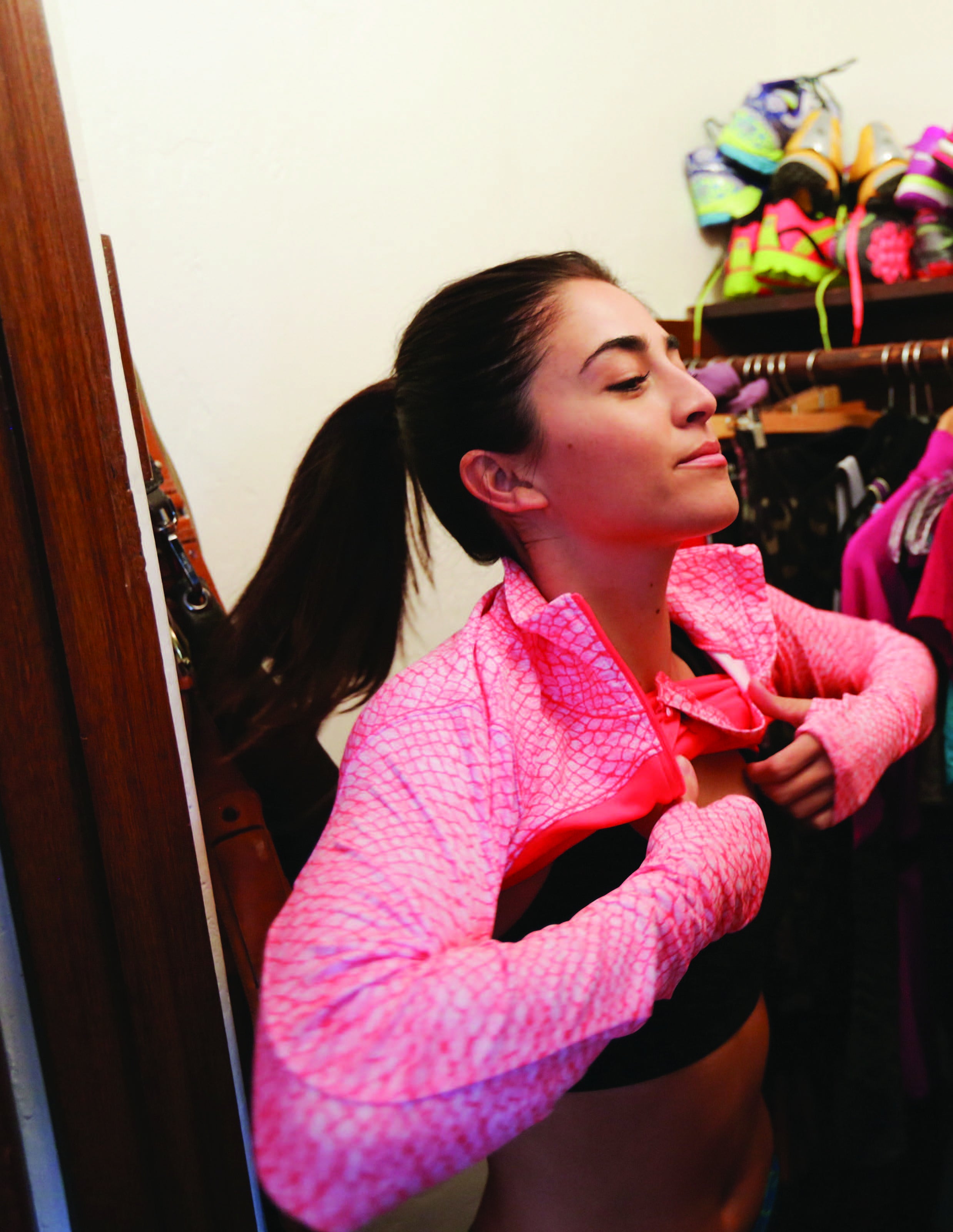Expert Answers To 5 Common Questions About Running Gear

Running isn’t just a hobby—it’s a state of mind! Even if you have the workout part pretty much down, as you navigate the other areas of your existence, puzzling questions are bound to pop up. Getting dressed for a run may seem simple, but there are many questions that can go along with your apparel.
Let our experts do the thinking for you! Here are some common questions and answers about running gear.
How do I get the smell out of my clothes?
Eliminate that au naturel odor with a totally natural trick! Jolie Kerr, cleanliness expert and author of My Boyfriend Barfed in My Handbag…and Other Things You Can’t Ask Martha recommends laundering stinky duds with 2 cup of white vinegar and a small amount of normal detergent. “It’s important not to overdose on detergent or to use any sort of fabric softener, which will cause buildup on the fibers that can lead to smell retention,” she explains.
Does Compression Really Work?
That depends on whom you ask. Some believe compression gear, which comes in the form of skin-tight running pants, calf sleeves, socks and shirts, can prevent injury, improve recovery and even make you faster. In one 2007 study, for example, researchers found that donning compression apparel after a 10K run resulted in decreased muscle soreness. However, Nathan Eckert, MS, who has studied compression apparel for Indiana University, warns not to believe the hype: “Based on the majority of published research, it can be suggested that compression gear would provide no performance-enhancing benefits to runners.” Eckert argues that the gear’s popularity is rooted less in science and more in marketing.
Can Light Shoes Make Me Run Faster?
Studies show dropping weight off your footwear can get you to the finish line (a little) faster. The Nike Research Laboratory found a 4-ounce reduction in shoe weight could equate to a faster marathon time by up to 3 minutes. New Balance senior product manager Claire Wood adds, “A lot of it can be psychological—but that doesn’t make it irrelevant.” So why not run in your racing kicks all the time? Lower weight often means less structure, which can lead to injury or discomfort over time. The bottom line: Wear lighter shoes that make you feel fast to get a physical and mental boost on race day.
What’s the best gear to prevent chafing?
The key to avoiding painful irritation is to minimize friction. Wear wicking gear from head to toe, purchase apparel that fits well and spread an anti-chafing balm like BodyGlide on hot spots before you head out the door. As thighs are often the most egregious offender, we like wearing capris with a high percentage of spandex that clings to skin instead of rubbing against it with every stride. During warmer weather, layer tight boy shorts under a looser pair, or skip the baggy layover if you’re feeling saucy.
Underwear or commando?
Nothing comes between (most) runners and their split shorts. Sixty-six percent of WR readers prefer to skip the undies while running in tights or shorts with liners. That said, there are loads of ladies who like to layer up—and there are plenty of skivvies to support them. Check out a few hot pairs of runderwear here.